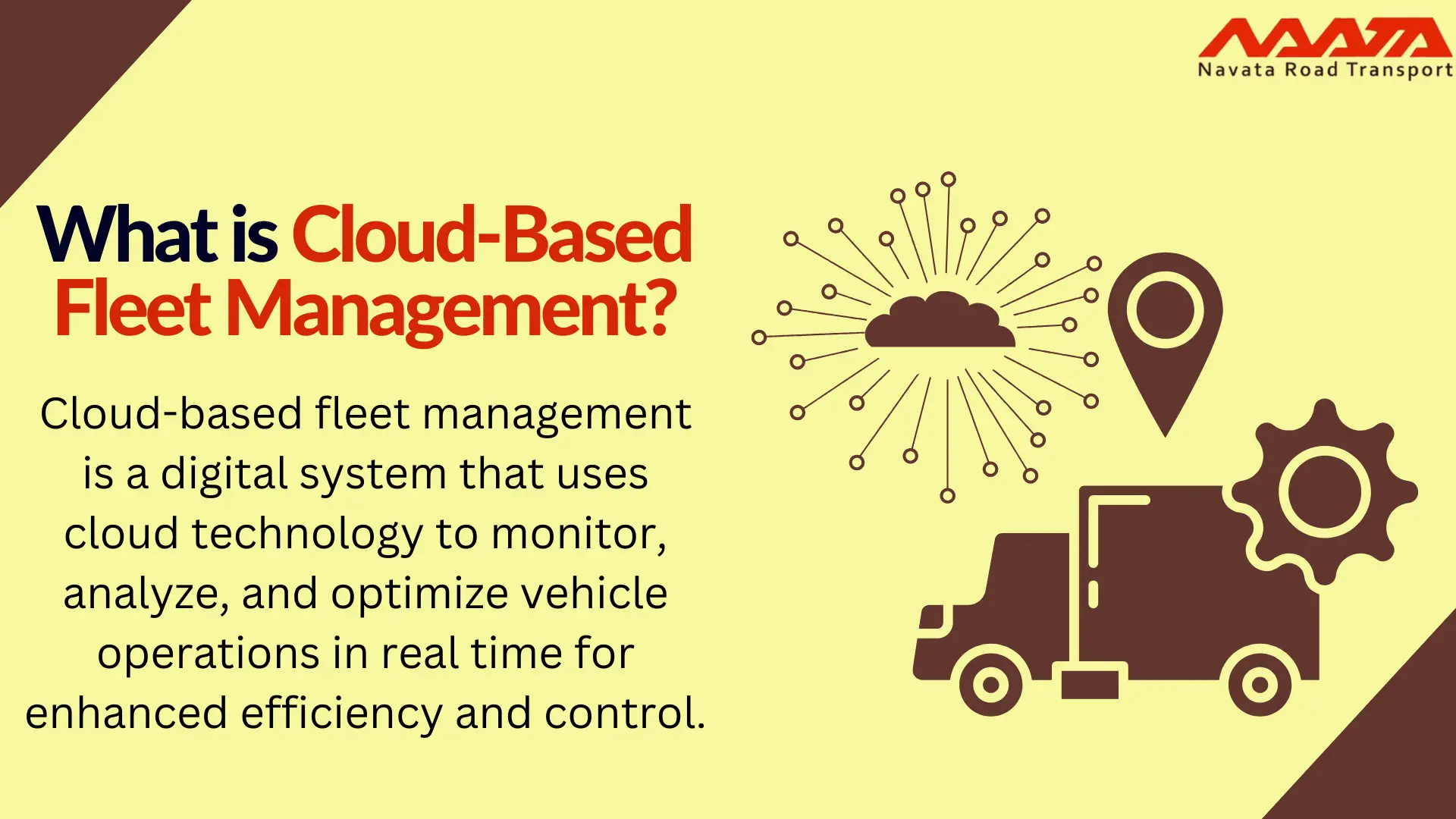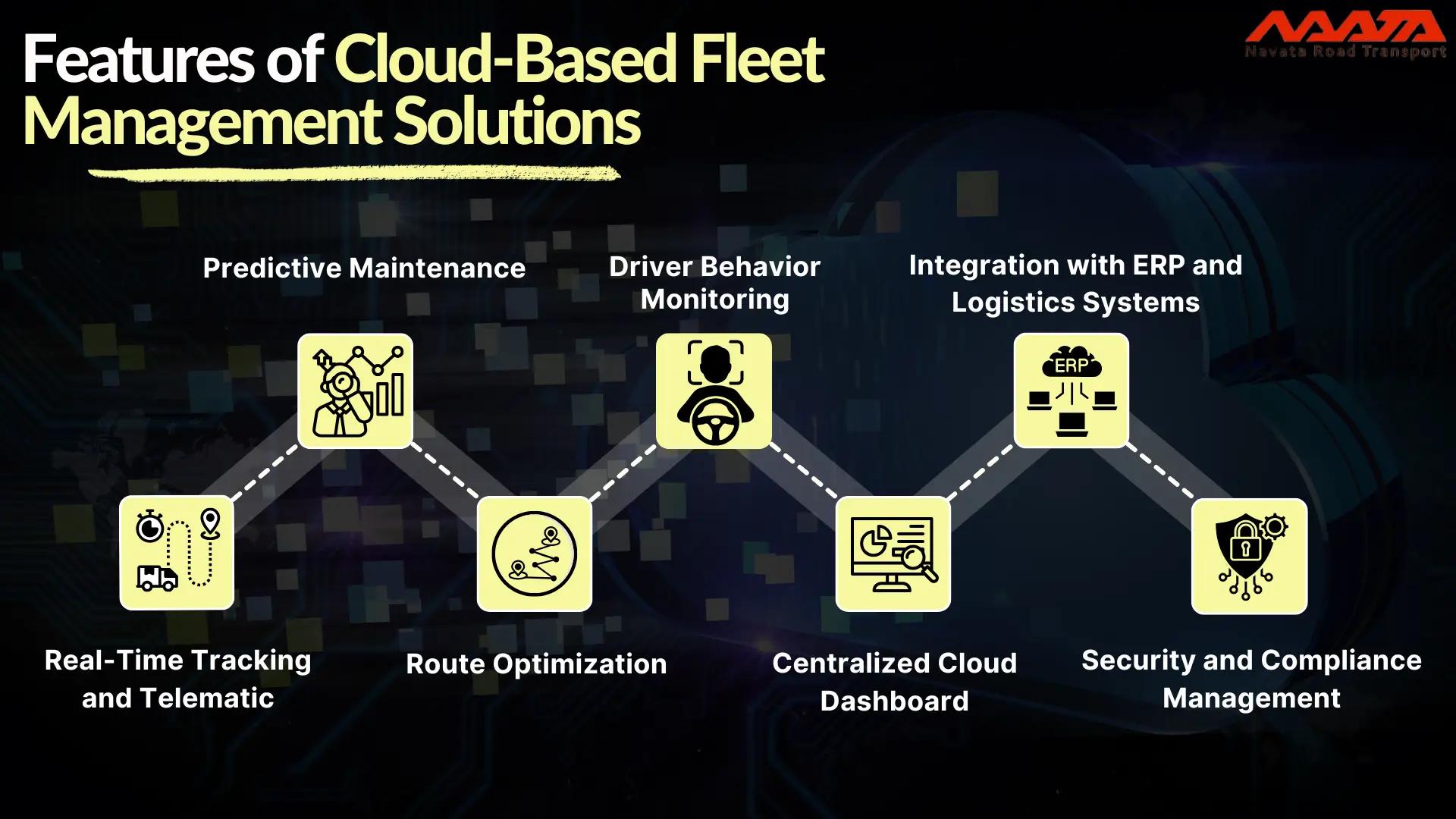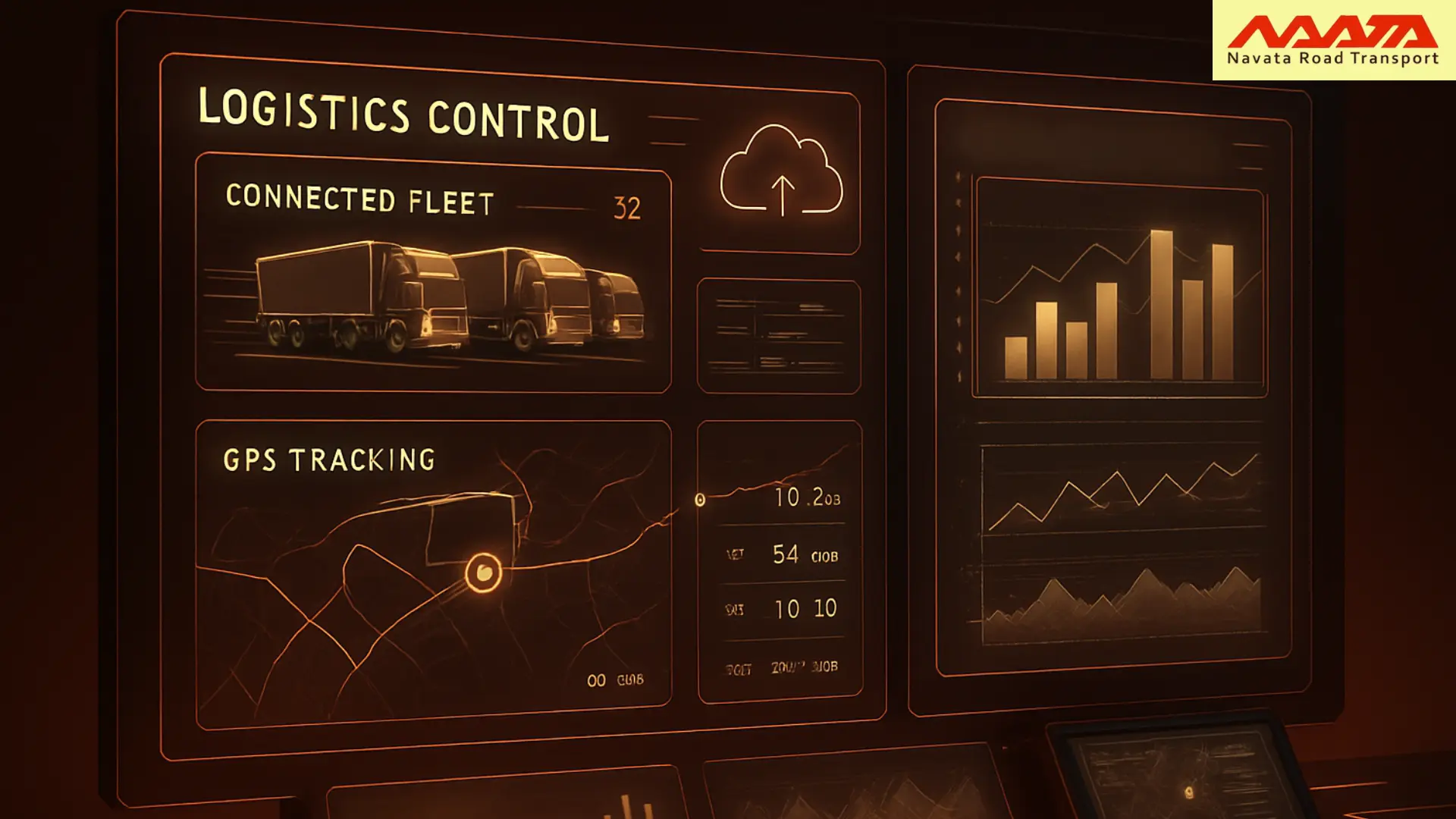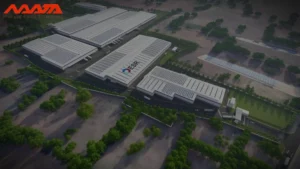
What is Cloud-Based Fleet Management? A Modern Logistics Solution
Table of Contents
What is Cloud-Based Fleet Management?
Managing fleets efficiently requires more than just tracking vehicles — it demands data-driven intelligence, real-time connectivity, and predictive control. This is where cloud-based fleet management has emerged as a game changer.
Cloud-based fleet management refers to using a cloud-hosted software platform to manage vehicle fleets remotely. Unlike traditional systems that depend on physical servers and manual data entry, cloud platforms store, process, and analyze data on secure, scalable cloud networks.
This means every piece of operational data — from vehicle location and engine diagnostics to fuel consumption and driver performance — is continuously uploaded to the cloud, analyzed in real time, and made accessible to fleet managers across locations.
The core principle is connectivity and automation:
- IoT devices collect real-time data from vehicles.
- The cloud processes and visualizes that data.
- Managers make instant, informed decisions.
This shift allows logistics and transportation companies to replace reactive management with proactive optimization.

Learn More About HI-TECH Future Of Truckload Transportation
How Cloud Fleet Management Systems Work
A cloud-based fleet management system works through a network of connected telematics devices, IoT sensors, and data analytics tools that feed information into a unified dashboard.
Here’s how it functions step-by-step:
Data Collection: IoT sensors and GPS devices installed in each vehicle record metrics like speed, fuel levels, engine health, and trip duration.
Data Transmission: This data is transmitted securely via the cloud in real time — no manual uploads or lag.
Processing & Analysis: The system uses AI-driven analytics to interpret data, detect anomalies, and provide actionable insights (e.g., predicting when a vehicle might need maintenance).
Visualization: Fleet managers access dashboards from any device — mobile, tablet, or desktop — and monitor performance indicators, driver behavior, and route efficiency.
Action & Optimization: Based on the insights, managers can reroute vehicles, schedule maintenance, or adjust dispatch plans instantly.
This end-to-end visibility makes fleet operations smarter, faster, and more efficient.
Features of Cloud-Based Fleet Management Solutions
1. Real-Time Tracking and Telematics
Every vehicle’s movement is monitored live using GPS tracking and advanced telematics. Managers can view routes, speed, and stops in real time, improving transparency and delivery accuracy.
2. Predictive Maintenance
Cloud platforms use AI to analyze data from IoT sensors and detect early signs of mechanical issues. This predictive maintenance approach prevents breakdowns, reduces downtime, and extends vehicle life.
3. Route Optimization
Algorithms evaluate multiple variables — traffic, delivery schedules, and fuel prices — to identify the most efficient routes. This leads to reduced travel time, fuel savings, and improved delivery timelines.
4. Driver Behavior Monitoring
Driver telematics provide insights into acceleration, braking, idling, and over-speeding, helping improve driver performance, reduce risks, and cut insurance premiums.
5. Centralized Cloud Dashboard
Fleet managers get a single source of truth — a cloud dashboard integrating every fleet metric, from location and maintenance to cost analysis and compliance status.
6. Integration with ERP and Logistics Systems
Cloud fleet solutions integrate with ERP, CRM, WMS, and TMS, ensuring data consistency across departments and complete visibility from order placement to final delivery.
7. Security and Compliance Management
With cloud encryption, user authentication, and automatic data backups, these platforms ensure that fleet and driver data remain secure and compliant with transport regulations like ELD and HOS.

Benefits of Cloud-Based Fleet Management
1. Lower Operating Costs
Fleet management solutions powered by the cloud can reduce fuel and maintenance costs by up to 30%. Route optimization minimizes fuel waste, while predictive maintenance avoids costly repairs.
2. Increased Productivity
Automated scheduling, dispatching, and reporting eliminate manual inefficiencies. Managers spend less time on paperwork and more time on strategic decision-making.
3. Real-Time Visibility and Control
With live tracking and automated alerts, businesses gain full control over vehicle performance, driver compliance, and shipment progress.
4. Data-Driven Decision Making
By analyzing trends from historical and live data, logistics teams can forecast demand, allocate resources better, and continuously improve operational KPIs.
5. Scalability and Flexibility
Cloud systems scale effortlessly with fleet size — whether you’re managing 10 or 10,000 vehicles. New users, devices, or routes can be added instantly without downtime or IT overhead.
6. Enhanced Safety and Compliance
Driver behavior data enables risk-based training programs, while digital compliance tools simplify adherence to regional and international transport laws.
7. Sustainability and Green Logistics
With optimized routes and reduced idling, fleets can cut emissions and contribute to sustainable logistics, aligning with ESG goals and eco-efficiency targets.
Why Businesses Are Moving to Cloud Fleet Management
The logistics industry faces constant pressure — rising fuel costs, unpredictable demand, and sustainability mandates. Traditional systems can’t keep up.
Cloud-based fleet management delivers the agility, automation, and analytics modern logistics require.
- For 3PL providers, it enables real-time shipment visibility.
- For manufacturers, it improves outbound and inbound logistics efficiency.
- For delivery operators, it ensures on-time performance with lower operational costs.
In essence, cloud fleet management turns data into a strategic asset — powering smarter dispatching, safer driving, and sustainable operations.
Future of Fleet Management is Connected and Cloud-Native
As technologies like AI, 5G, blockchain, and autonomous vehicles evolve, cloud-based fleet management will become even more intelligent.
Future-ready platforms will:
- Integrate digital twins for real-time vehicle simulations.
- Use AI copilots to predict delays and recommend interventions.
- Enable blockchain-based smart contracts for transparent fleet transactions.
This means the next generation of logistics won’t just be connected — it will be self-optimizing, predictive, and autonomous, driven entirely by data intelligence in the cloud.

You May Also Like to Read: Cyber Security in Transport Sector
Conclusion
Cloud-based fleet management is redefining how fleets operate — bringing together data, connectivity, and automation under one digital roof. Businesses that adopt cloud-driven solutions gain measurable advantages: lower costs, greater visibility, and smarter decision-making.
In a world where efficiency defines competitiveness, moving to the cloud isn’t just an upgrade — it’s the future of logistics.
Thanl You For Reading: What is Cloud-Based Fleet Management? A Modern Logistics Solution
Powered By 360Presence







